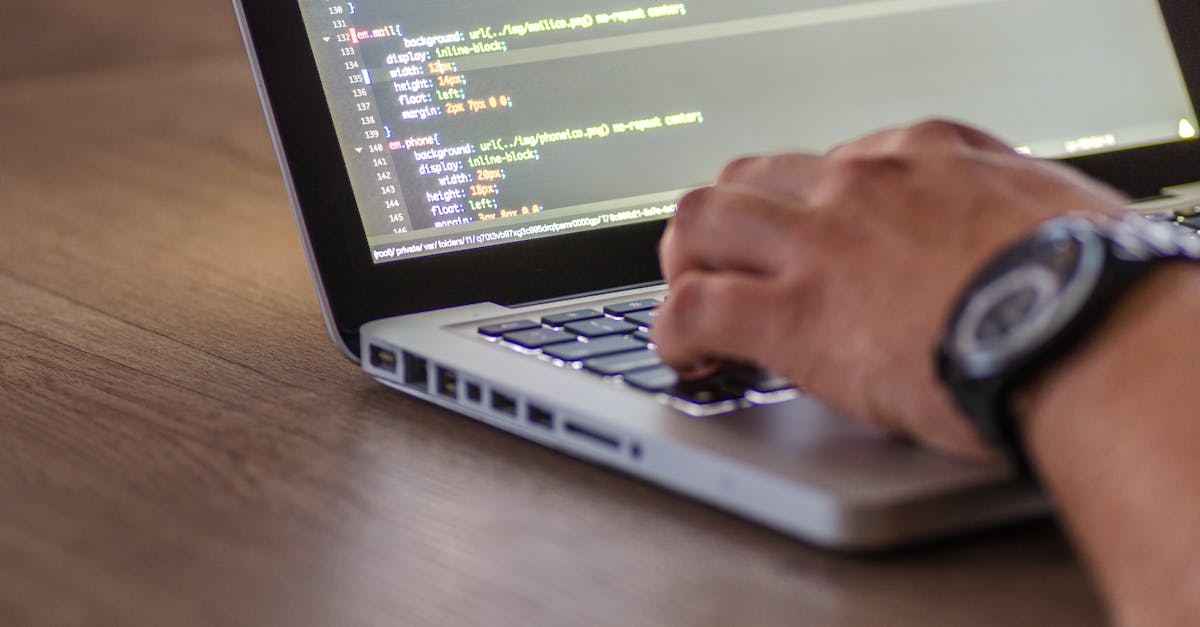
iot devices
Table Of Contents
The advent of technology has ushered in an era where our homes are becoming increasingly interconnected, thanks to the rise of IoT smart appliances. These devices are part of the broader Internet of Things (IoT) ecosystem, allowing users to control and monitor various household functions from their smartphones or other interfaces. With the increasing adoption of smart technology, consumers are now looking for ways to enhance their daily lives through automation and convenience, making iot smart appliances an essential component of modern living.
As more households integrate iot smart appliances into their routines, the benefits become increasingly apparent. From energy-efficient refrigerators that can track food inventory to smart thermostats that learn your heating preferences, these devices not only provide convenience but also promote sustainability. The seamless integration of iot smart appliances into everyday life signifies a shift toward smarter living, where efficiency and user-friendliness take center stage, paving the way for a more connected and technologically advanced future.
Privacy Challenges with Internet of Things Technologies
The innovations in Internet of Things technologies have brought a unique set of safety issues for users. Smart devices can be vulnerable to cyberattacks, putting personal details at risk. Various IoT gadgets often collect sensitive data which, if not properly secured, can lead to breaches of privacy. Additionally, the lack of standardized security protocols across different technologies can create gaps that malicious actors can exploit.
Consumers may not be fully aware of the potential vulnerabilities that come with using Internet of Things technologies. This lack of knowledge can lead to negligence in managing their safety. Consistent updates and patches are essential for maintaining the integrity of these devices, yet many users fail to implement them. Lack of user education on the best practices for safeguarding IoT devices can further exacerbate these issues. Tackling these safety challenges is crucial for ensuring a protected experience in the evolving landscape of connected technology.
Protecting Security when Using Internet of Things Technologies
With the rise of connected gadgets, maintaining privacy is increasingly a priority for users. Internet of Things devices often collect large amounts of individual preferences, which can potentially jeopardizing sensitive information. Consequently, it is crucial for users to adopt steps to protect their privacy.
One effective way to enhance privacy is by enabling the available protection options of Internet of Things gadgets. Consistently updating apps can aid in fixing any potential weaknesses. In addition, users should carefully consider the permissions granted to applications associated with these gadgets. By these kinds of practices, individuals can greatly limit their risk of data leaks.
Methods to Incorporate Internet of Things Devices for the House
Integrating Internet of Things devices for your house can improve comfort and effectiveness. Begin by selecting smart technologies that fit your lifestyle. One way to start is by adding smart lighting that can be adjusted from your smartphone. This action not only brings atmosphere to your environment but also saves energy.
Additionally, exploring the integration of intelligent climate control devices can greatly contribute your house quality of life. Such devices allow you to monitor your home's temperature seamlessly and can adapt to your preferences over time. Integrating Internet of Things technologies like smart security cameras can also improve the protection of your environment. By taking these steps, you can develop a significantly more smart living space.
Effective Methods to Integrate with Internet of Things Devices
Starting involved with Internet of Things devices might seem overwhelming at first. Yet, sticking to a few easy ways could simplify the process. First, pick an Internet of Things ecosystem that fits your preferences. This ecosystem may include cloud services or software that facilitate the integration of various technologies.
After that, make sure that your gadgets are able to connect with the ecosystem you have chosen. Linking your Internet of Things devices requires setting up the necessary software and updating their firmware if needed. When everything is set up, you can commence exploring the various capabilities and features that Internet of Things devices offer, creating a more connected atmosphere.
Unlocking Possibilities of IoT Technologies in Healthcare
Unlocking integration of IoT devices in medical has immense capabilities to transform patient care. These types of advanced technologies facilitate real-time tracking of patients' vital signs, yielding more timely diagnoses. Smart technologies collect critical data, which healthcare providers to assess trends and develop more informed treatment plans.
Moreover, the utilization of IoT devices in medical improves operational efficiency within medical facilities. Connected equipment can automate routine tasks, liberating healthcare professionals to focus on patient interaction. These approach also promotes better communication between patients and providers, fostering a more supportive healthcare environment that ultimately leads to improved patient outcomes.
Methods IoT Gadgets are Revolutionizing the Medical Industry
Such IoT devices are crucial tools in the health sector. These devices enable real-time monitoring of patients, which results in enhanced patient care. Using connected gadgets, doctors can monitor vital signs and health metrics remotely, ensuring that timely interventions can be made when necessary. This type of technology not only boosts the efficiency of medical practices but also empowers patients to take charge of their own health.
Moreover, IoT devices enhance hospital operations and management. Through the use of connected systems, medical facilities can effectively manage supplies and patient information. This reduces the chances of errors and promotes that staff can focus more on supporting patients rather than administrative tasks. Overall, the integration of IoT devices in the health industry is paving the way for a more efficient ecosystem that benefits both clients and providers.